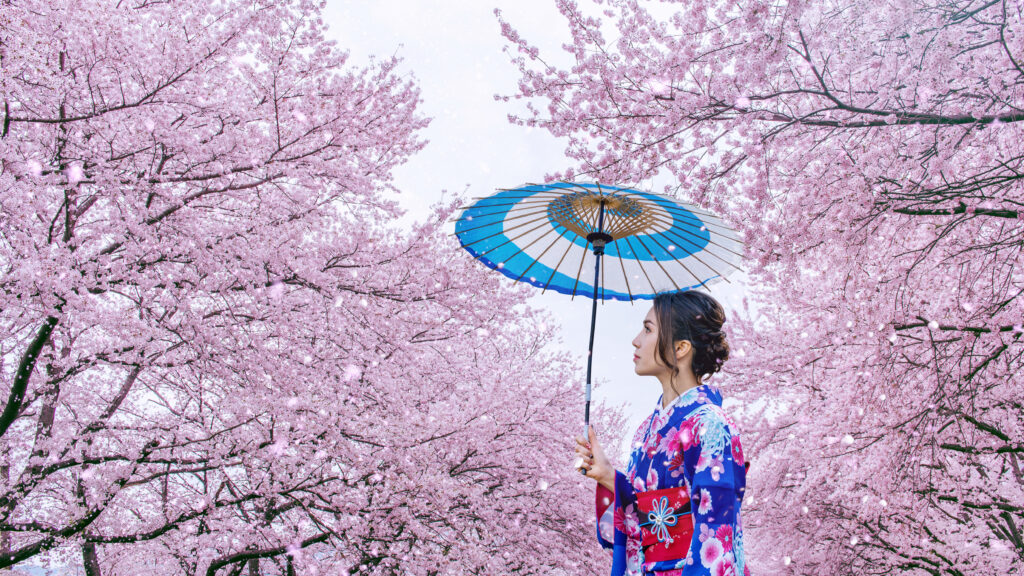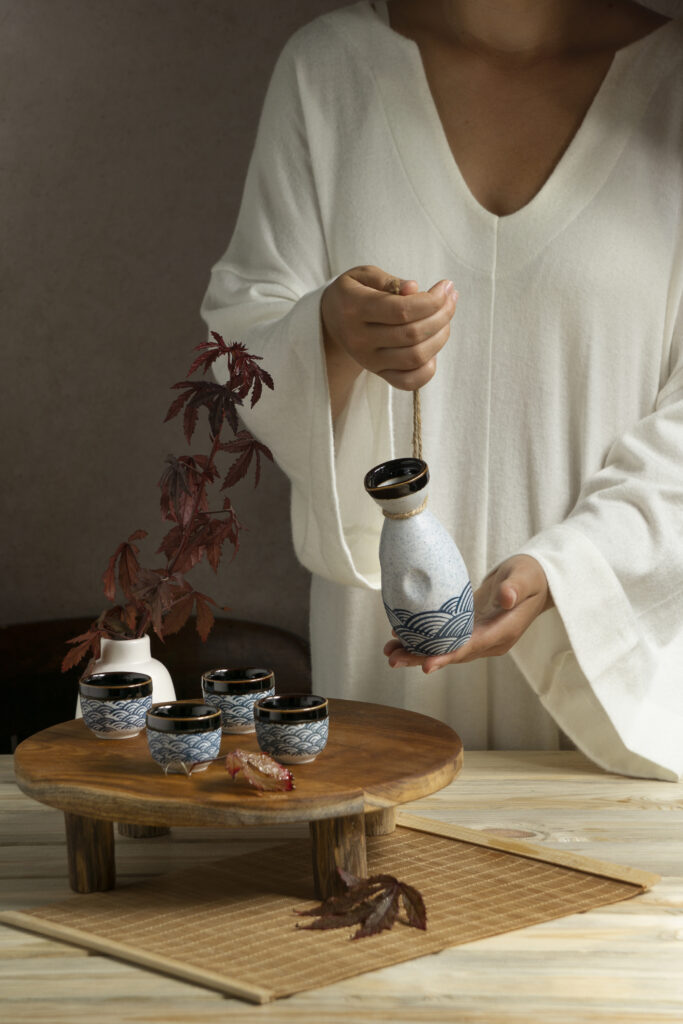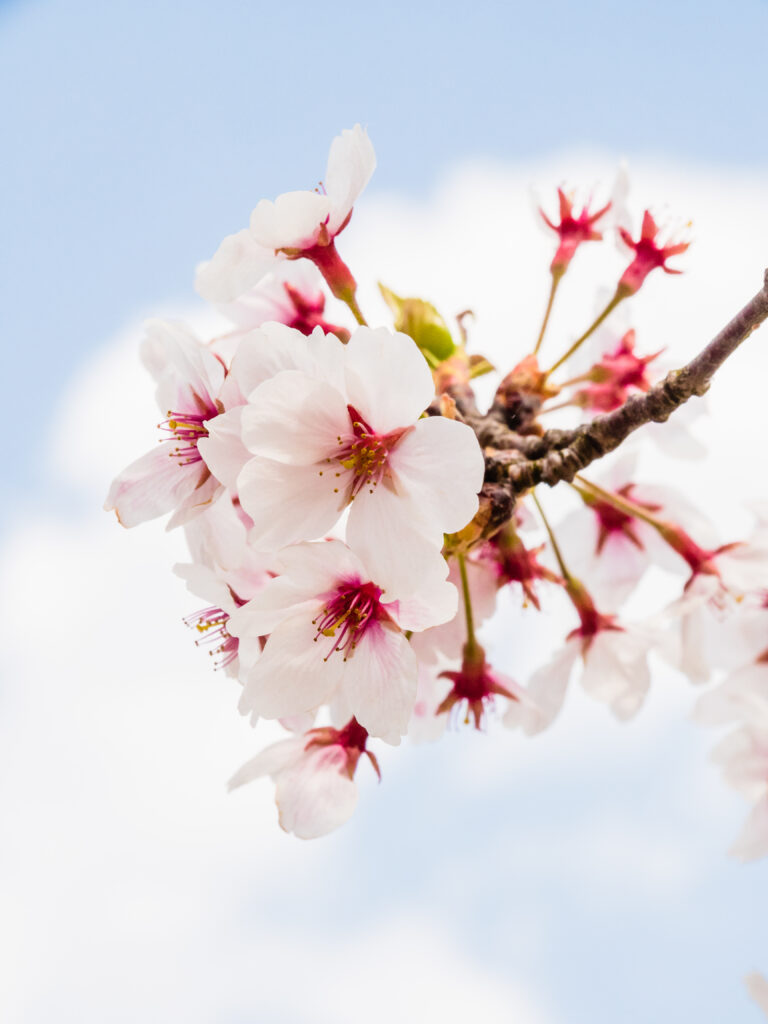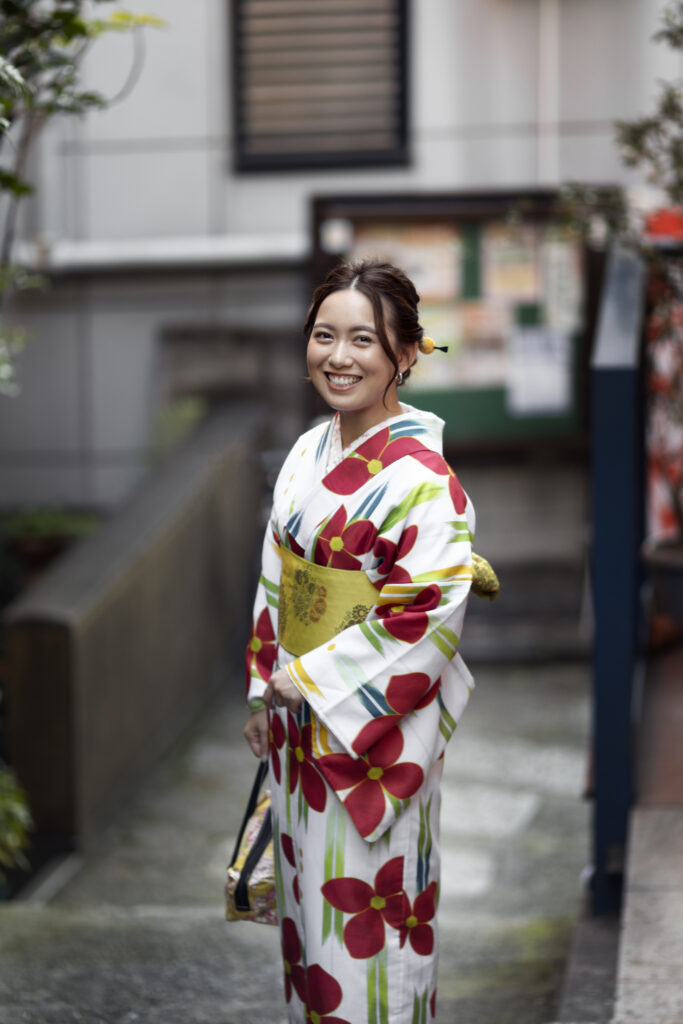12. Japan

Warm-up
Task 1
Read these quotes and choose one that you agree with the most! What do they have in common?
- “The Japanese have a wonderful sense of design and a refinement in their art. They try to produce beautiful paintings with the minimum number of strokes.” – David Rockefeller
- “In Japanese art, space assumed a dominant role and its position was strengthened by Zen concepts.” – Stephen Gardiner
- “The Japanese see self-assertion as immoral and self-sacrifice as the sensible course to take in life.” – Akira Kurosawa
- “Japanese culture? I kind of love it. I like the way they approach everything. They’re bright, they’re intelligent, they understand the big picture.” – Nicolas Cage
- “The Japanese have perfected good manners and made them indistinguishable from rudeness.” – Paul Theroux
Task 2
Look at the images below and think say what aspect of culture they reflect. How do they show the blend of tradition and modernity in Japan?




Vocabulary to learn
Task 3
Here are the definitions of the words you requested:
- Array – A large or impressive collection or group of things. Can also refer to an orderly arrangement.
- Cutting-edge – The most advanced, innovative, or pioneering aspect of something, especially technology or ideas.
- Choreographed – Carefully planned or arranged, like a dance routine or a sequence of events.
- Meditative – Involving deep thought, reflection, or mindfulness, often associated with relaxation or contemplation.
- Mindfulness – The practice of being fully present and aware of the current moment, often used to reduce stress and enhance focus.
- Boasts – To talk with pride about something; can also mean to have something impressive.
- Worldwide – Spanning or affecting the entire world; global.
- Savoury – Having a salty or spicy taste rather than sweet; can also mean pleasant or morally acceptable.
- Attire – Clothing or a particular style of dress.
- Wrap-around – Designed to fully enclose or surround something, such as wrap-around sunglasses or a wrap-around porch.
- Ephemeral – Lasting for a very short time; fleeting or temporary.
- Laden – Heavily loaded or weighed down with something.
- Underscores – Emphasizes or highlights the importance of something.
- Anime – A style of animation that originated in Japan, known for its colorful artwork, vibrant characters, and fantastical themes.
- Essence – The most important or fundamental quality of something; the core nature of something.
Task 4
Read the questions with these words and answer them using the target vocabulary.
- Array – What is an array of things you would like to have in your dream house?
- Cutting-edge – Can you name a cutting-edge technology that has changed the world recently?
- Choreographed – Have you ever seen a choreographed dance performance? What did you think of it?
- Meditative – Do you practice any meditative activities like yoga or journaling? Why or why not?
- Mindfulness – How can mindfulness help people in their daily lives?
- Boasts – What is something your city or country boasts about?
- Worldwide – What is a worldwide trend that you find interesting?
- Savoury – Do you prefer savoury or sweet foods? Why?
- Attire – What kind of attire do people wear to formal events in your country?
- Wrap-around – Would you like to have a wrap-around balcony in your home? Why or why not?
- Ephemeral – Can you think of something that is ephemeral but beautiful?
- Laden – Have you ever carried a bag laden with too many things? What happened?
- Underscores – Why do you think education underscores the importance of critical thinking?
- Anime – Do you watch anime? If yes, which one is your favorite? If not, why?
- Essence – What do you think is the essence of a good friendship?
Time to read
Task 5
Let’s dive into the Japanese culture. Read the text below. First, fill in the gaps with the given words. Then answer the questions.
savoury, meditative, worldwide, mindfulness, boasts, anime, array, attire, ephemeral, wrap-around, laden, choreographed, cutting-edge, underscores, essence
Japan is a country that seamlessly blends tradition with modernity, offering a fascinating ___(1) of cultural elements that captivate visitors and enthusiasts alike. With its unique mix of historical customs and ___(2) technology, Japan presents a rich tapestry of culture worth exploring.
One of the most renowned aspects of Japanese culture is its traditional tea ceremony, known as ‘chanoyu’. This intricate ritual is more than just drinking tea; it is a ___(3) art that emphasises harmony, respect, purity, and tranquillity. Participants follow exact steps and movements, making it a ___(4) practice that highlights Japan’s appreciation for detail and deliberate ___(5).
Another treasure of Japanese tradition is its cuisine which ___(6) a variety of flavours and aesthetic presentation. From sushi, a dish involving vinegared rice and raw fish, to ramen, a beloved noodle soup, Japanese cuisine is celebrated ___(7). Each region boasts its own specialties, reflecting local ingredients and customs. Additionally, the Japanese concept of ‘umami’—often described as a ___(8) taste—is an integral flavour identified in many popular dishes.
Japan is also widely recognised for its unique traditional ___(9), such as the ‘kimono’. This elegant garment, characterised by its long sleeves and ___(10) design, is worn on special occasions and festivals. Its pattern, fabric, and colour can signify the wearer’s age, marital status, and seasonal events. During celebrations such as weddings and tea ceremonies, kimonos add a touch of grace and cultural richness.
Moreover, the country is home to some of the most breathtaking festivals, including the cherry blossom festivals, or ‘hanami’. During spring, people gather in parks to admire the ___(11) beauty of cherry blossoms. It is a time for picnics, music, and joyful gatherings under trees ___(12) with delicate pink flowers. This tradition ___(13) the Japanese value placed on nature and the fleeting beauty of life.
Japan’s pop culture has made waves globally with its ___(14) and manga industry, offering distinct art styles and storytelling methods. These forms of entertainment explore a wide array of genres and appeal to a diverse audience. Characters from anime and manga often become cultural icons, furthering Japan’s influence on global popular culture.
In addition to its traditional and pop culture, Japan’s advancements in technology are noteworthy. Cutting-edge innovations in robotics, engineering, and digital devices signify the country’s commitment to progress. This blend of the old and the new forms the very ___(15) of Japanese culture, providing a unique experience for anyone seeking to understand its many layers.
Correct answers
- array
- cutting-edge
- choreographed
- meditative
- mindfulness
- boasts
- worldwide
- savoury
- attire
- wrap-around
- ephemeral
- laden
- underscores
- anime
- essence
The text without the gaps.
Japan is a country that seamlessly blends tradition with modernity, offering a fascinating array of cultural elements that captivate visitors and enthusiasts alike. With its unique mix of historical customs and cutting-edge technology, Japan presents a rich tapestry of culture worth exploring.
One of the most renowned aspects of Japanese culture is its traditional tea ceremony, known as ‘chanoyu’. This intricate ritual is more than just drinking tea; it is a choreographed art that emphasises harmony, respect, purity, and tranquillity. Participants follow exact steps and movements, making it a meditative practice that highlights Japan’s appreciation for detail and deliberate mindfulness.
Another treasure of Japanese tradition is its cuisine which boasts a variety of flavours and aesthetic presentation. From sushi, a dish involving vinegared rice and raw fish, to ramen, a beloved noodle soup, Japanese cuisine is celebrated worldwide. Each region boasts its own specialties, reflecting local ingredients and customs. Additionally, the Japanese concept of ‘umami’—often described as a savoury taste—is an integral flavour identified in many popular dishes.
Japan is also widely recognised for its unique traditional attire, such as the ‘kimono’. This elegant garment, characterised by its long sleeves and wrap-around design, is worn on special occasions and festivals. Its pattern, fabric, and colour can signify the wearer’s age, marital status, and seasonal events. During celebrations such as weddings and tea ceremonies, kimonos add a touch of grace and cultural richness.
Moreover, the country is home to some of the most breathtaking festivals, including the cherry blossom festivals, or ‘hanami’. During spring, people gather in parks to admire the ephemeral beauty of cherry blossoms. It is a time for picnics, music, and joyful gatherings under trees laden with delicate pink flowers. This tradition underscores the Japanese value placed on nature and the fleeting beauty of life.
Japan’s pop culture has made waves globally with its anime and manga industry, offering distinct art styles and storytelling methods. These forms of entertainment explore a wide array of genres and appeal to a diverse audience. Characters from anime and manga often become cultural icons, furthering Japan’s influence on global popular culture.
In addition to its traditional and pop culture, Japan’s advancements in technology are noteworthy. Cutting-edge innovations in robotics, engineering, and digital devices signify the country’s commitment to progress. This blend of the old and the new forms the very essence of Japanese culture, providing a unique experience for anyone seeking to understand its many layers.
Task 6
Now read the questions and pick the right answer.
- What makes the Japanese tea ceremony (‘chanoyu’) more than just a simple act of drinking tea?
A. Its rapid preparation method
B. Its focus on social interaction
C. Its choreographed art emphasising harmony and mindfulness
D. Its use of expensive tea equipment - How does Japanese cuisine reflect regional diversity?
A. By using identical ingredients nationwide
B. Each region has its own culinary specialties
C. By standardising all cooking techniques
D. Through uniform restaurant menus - What does the pattern and design of a kimono typically indicate?
A. The wearer’s economic status
B. The wearer’s age, marital status, and seasonal events
C. The current fashion trends
D. The geographical region of origin - What does the ‘hanami’ festival primarily celebrate?
A. Traditional music performances
B. Japanese wedding customs
C. The ephemeral beauty of cherry blossoms
D. Agricultural harvests - How does the text describe Japan’s cultural essence?
A. Solely focused on technological advancement
B. Completely traditional without modern influences
C. A unique blend of traditional and modern elements
D. Exclusively centred on pop culture - What characteristic of anime and manga is highlighted in the text?
A. Their limited global appeal
B. Their uniform storytelling approach
C. Their distinct art styles and diverse genres
D. Their focus on historical narratives - What does the concept of ‘umami’ represent in Japanese cuisine?
A. A specific cooking technique
B. A type of cooking utensil
C. A savoury taste identified in many dishes
D. A regional cooking style
Correct answers
- C
- B
- B
- C
- C
- C
- C
Watch and learn
Task 7
Watch the video and say what places are recommended to visit? What is so special about them? Which one would you go to first? Why?
Here are some surprising and fascinating facts about Japanese culture:
Unique Traditions
- Bowing: Bowing is a deeply ingrained form of greeting and respect in Japan. The depth and duration of the bow convey different levels of respect, gratitude, or apology.
- Slippers for Toilets: Japanese homes often have special slippers designated solely for use in the restroom, emphasizing cleanliness and hygiene.
- Slurping as a Compliment: Slurping noodles or soup is not only acceptable but encouraged as it signifies that the food is delicious and appreciated.
Cultural Practices
- Tea Ceremony: The Japanese tea ceremony, or chado, is a meditative and ritualized practice involving the preparation and serving of matcha (powdered green tea).
- Onsen Culture: Japan’s hot springs, known as onsen, are popular for relaxation and cultural bonding. Bathing together without swimsuits is customary to preserve water purity.
- Origami: The art of paper folding is taught to children early on to develop focus and patience. It holds cultural significance as a creative activity.
Historical Insights
- Geisha Origins: The first geisha were men who entertained feudal lords with artistic performances. Female geishas became prominent in the late 18th century.
- Samurai Code: Samurai were a powerful warrior class from the 12th century to the 19th century, adhering to strict codes of honor. Ritual suicide, known as seppuku, was practiced to atone for dishonor.
Festivals and Celebrations
- Cherry Blossoms: The hanami tradition involves gathering under blooming cherry blossom trees to celebrate their fleeting beauty.
- Seasonal Festivals: Japan hosts numerous festivals, such as Kyoto’s Gion Festival and Tokushima’s Awa Odori Dance Festival, which celebrate harvests, seasonal changes, or historical events.
Modern Cultural Phenomena
- Kawaii Culture: Japan’s obsession with “cute” aesthetics permeates fashion, media, and everyday life.
- Capsule Hotels: Compact accommodations offering stacked sleeping pods are a convenient option for travelers.
These aspects highlight Japan’s ability to blend ancient traditions with modern innovations, making its culture truly unique and captivating.
